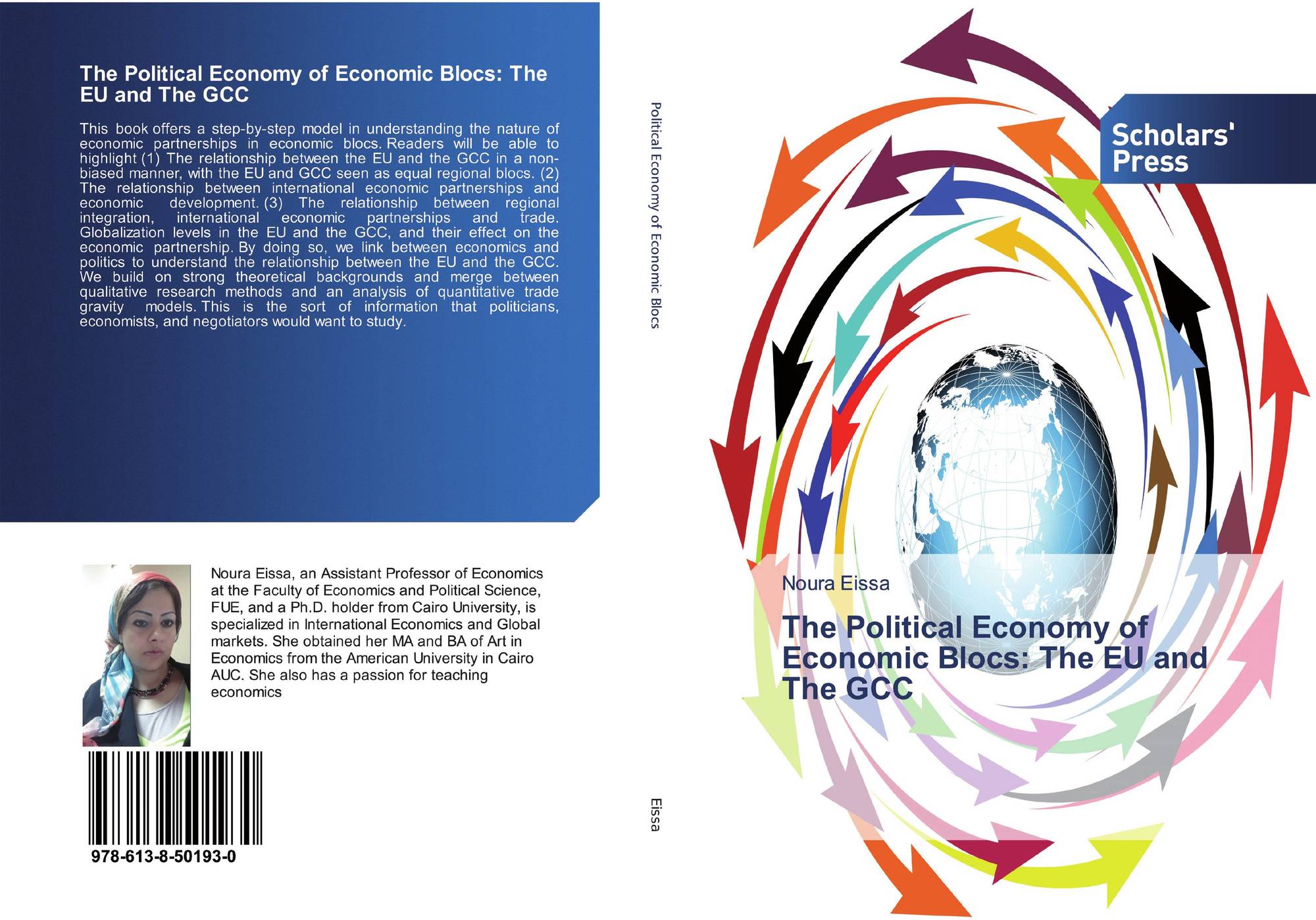


Easy Access to Market and Trade CreationĪlliances make it easier for countries to access one another’s markets hence, trading goes up.

ProtectionĬompanies get the added advantage of being protected from cheaper imports that reduce their market share. Labor then becomes mobile as individuals can move freely from one country to another because of increased opportunities. Job CreationĪ rise in trading activities excites an increment of employment opportunities. When producers apply economies of scale, it’s highly beneficial because the increase in markets enables manufacturers to produce more products locally. Members have unconstrained access to one another’s markets.
ECONOMIC BLOCS FREE
Advantages of Trading Blocs, Common Markets, and Economic Unions Free Trade Trade blocs eliminate trade barriers and facilitate free and easy movement of factors of production among trading partners, especially those within a trade bloc. This enables them increase the competitive position of their businesses. Gaining Competitive AdvantageĪlliances help countries discover new markets and technologies. This trick helps minimize chances of future competition. Reducing Future CompetitionĪ lot of countries form trading blocs and unions with countries that are their business competitors. Using their partner’s resources reduces the companies’ unnecessary investments. Many companies sign strategic alliances to use their partners’ manufacturing and/or distribution resources. For example, companies in developing countries are usually searching for partnerships with their counterparts in more developed countries to provide them with technological advances. Such a realization may propmt them to form unions that enable them to learn from their partners. Acquiring Knowledgeįirms may realize that they do not have some skills that are required for maximum production. These skills allow companies to navigate the business world with more ease. When countries cooperate with other countries with whom they share the same political and economic environment, their growing companies enjoy access to new skills. Motivations for Trading Blocs, Common Markets, and Economic Unions Getting into New International Markets For instance, the European Union (EU) is both political and economic. The member nations have common policies on regulating products, capital and labor, and freedom of movement of goods and services. Economic UnionsĪn economic union is a type of trade bloc that is constituted of a common market with a customs union. Examples include the East African Common Market. It is characterized as a free-trade region with relatively free movement of services and capital. Common MarketsĪ number of nations imposing few or no duties on trade with one another, and a common trade with other nations is called a common market. Examples of trading blocs include the Asia-Pacific Economic Cooperation (APEC) and the Association of Southeast Asian Nations (ASEAN). Regional barriers to trade, i.e., tariffs, within members of a trading bloc are usually low or non-existent. Trading blocs bring countries together and increase the conditions for imports. A trading bloc is defined as a number of nations within a geographical area that guard themselves against imports and non-members.


 0 kommentar(er)
0 kommentar(er)
